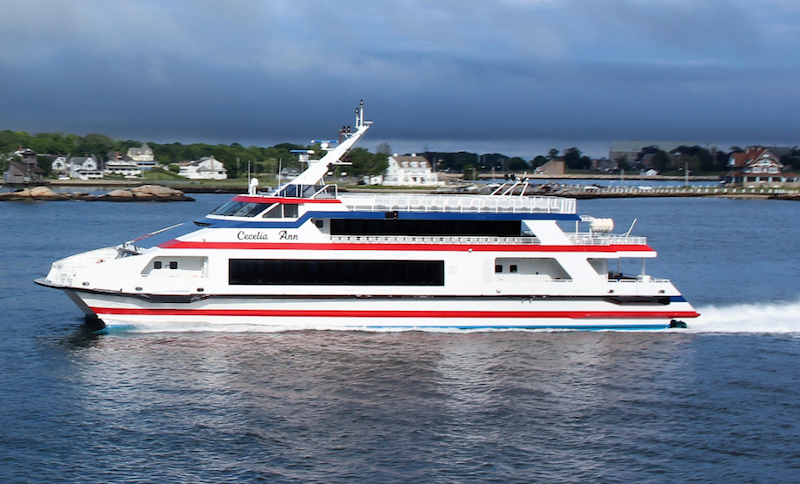The growth of mass shootings across the U.S. has convinced New London, Conn.-based Cross Sound Ferry Services to take action to protect its passengers and employees from an active shooter on an underway ferry.
While no mass shootings have taken place aboard a ferry in U.S. waters, Cross Sound doesn't want to wait until it happens to prepare for the possibility.
“This is another emergency we have to prepare for,” Christopher J. Anglin, Cross Sound’s facilities operations manager (security officer) told a large crowd this morning at the Passenger Vessel Association's annual convention in New Orleans. “It’s just part of our training program now.”
Cross Sound operates year-round vehicle, truck, motor coach, and passenger ferry service between Orient Point, N.Y., and New London, across Long Island Sound. Ferries on this route are usually too far from a terminal for land-based police and Coast Guard to be able to react to the situation quickly. “If we’re in the middle of the Sound, we’re probably not going to get any help,” said Anglin. “We’re a little bit on our own.”
According to the FBI, these types of incidents usually do not last more than 12.5 minutes. Consequently, Cross Sound applied for and received a grant from the federal Port Security Grant Program, hired a professional training company, and proceeded to train its ferry crews.
The training company rode the ferries and concluded that there were more places to hide on the larger ferries that carry passengers and cars than on smaller passenger vessel only boats. Cross Sound was told that an active shooter aboard a smaller boat would probably mean passengers going into the water. “If the water is warm our crew can help with [personal flotation devices], but in cold water that’s a more difficult situation,” said Anglin. “A lot of our training is to get the crew to help the passengers.”
However, Cross Sound bought pepper spray and pepper gel guns to help crewmembers if they decide to confront the attacker. “We bought the gel guns, but we also trained to use whatever else is onboard such as axes and fire extinguishers. We also, with another grant, bought portable radios for every member of the crew because communication is critical.” Anglin said. “The training lasted for about six hours and now we drill for the active shooter on an underway vessel.”
The training includes physical confrontation of the shooter. “Someone on the attack team has to get the gun,” said Anglin. “They’re also told where to place the gun so the attacker can’t get it back.” Crew were also trained as to how to act when law enforcement come aboard.
In addition, the crew is trained for dealing with the aftermath of the incident. “Stop the bleed training is very valuable,” said Anglin.





